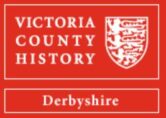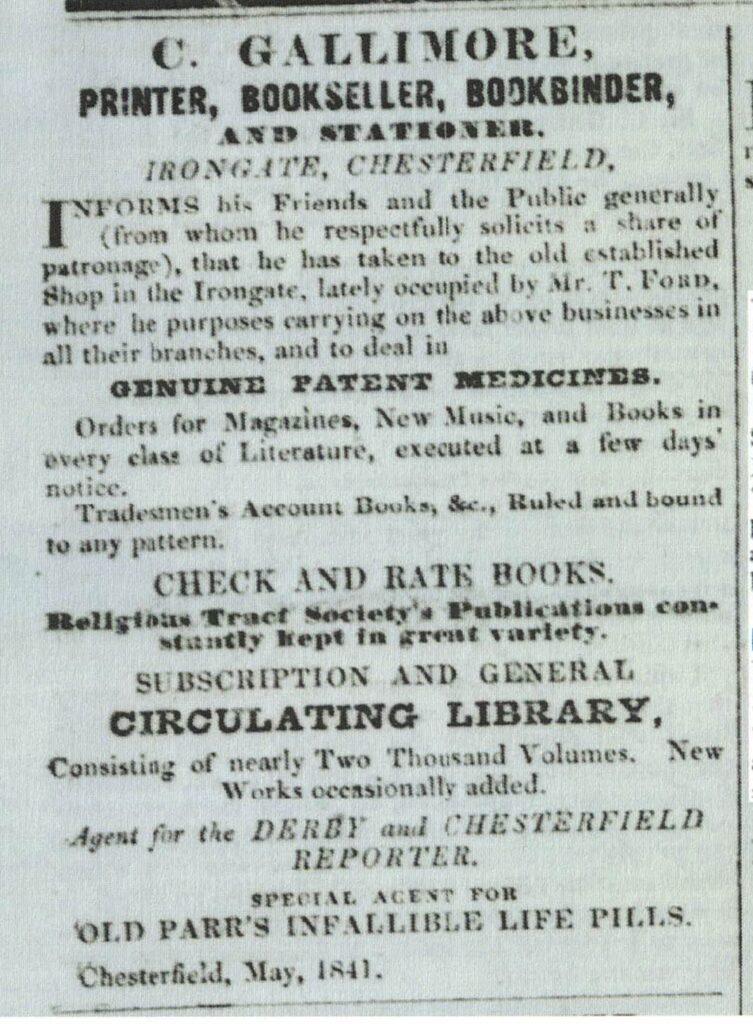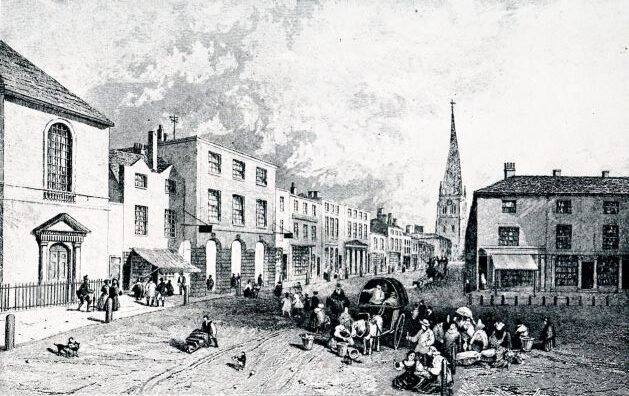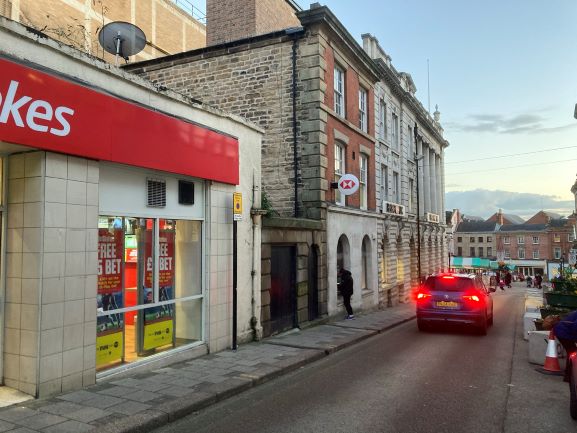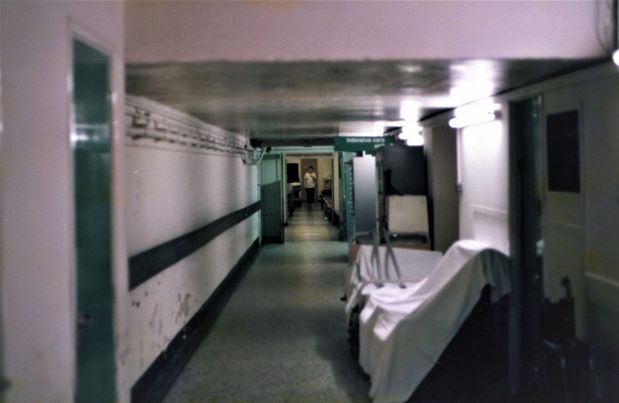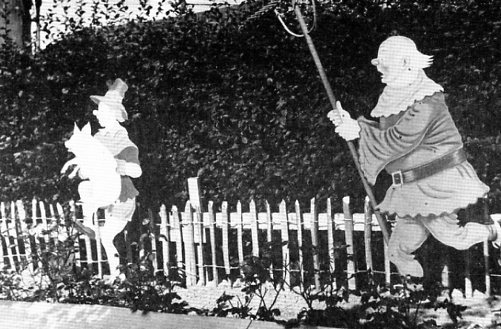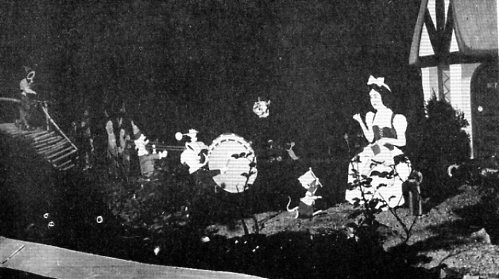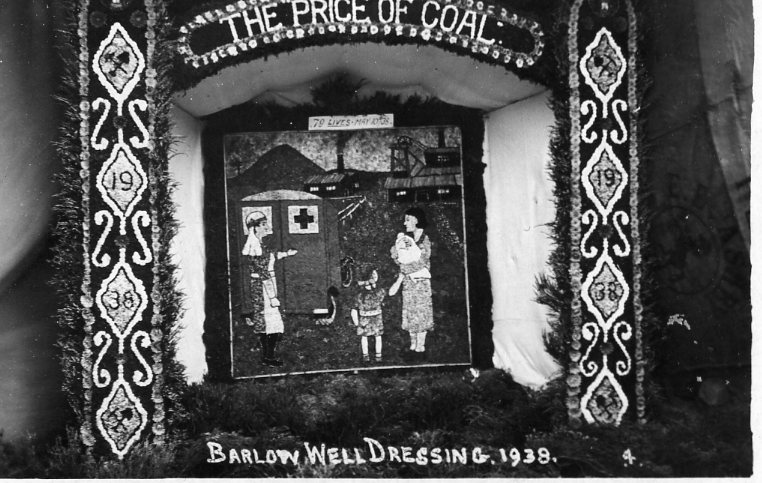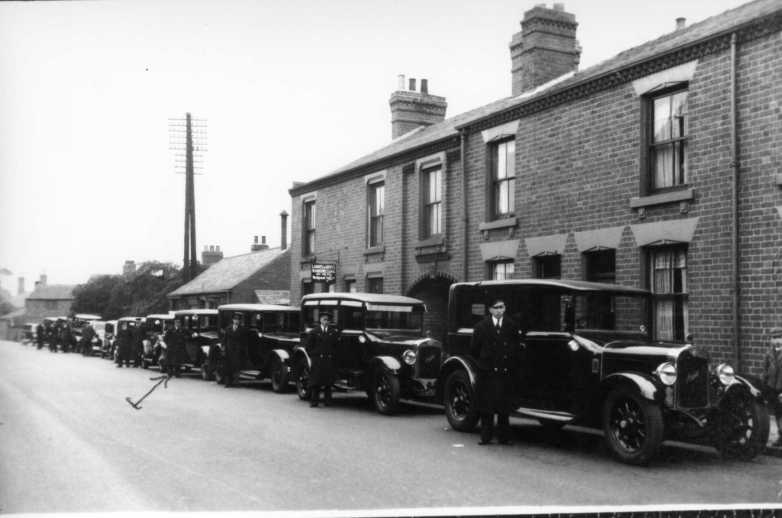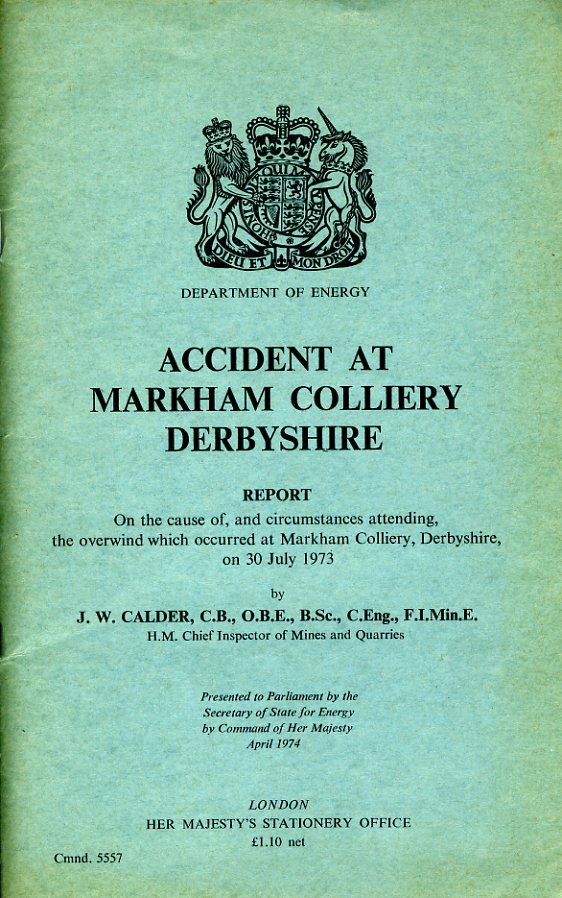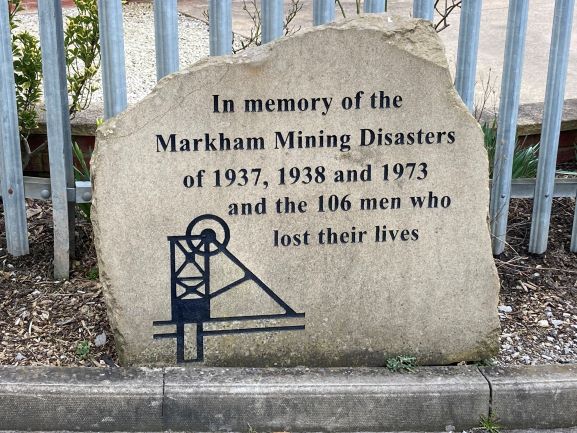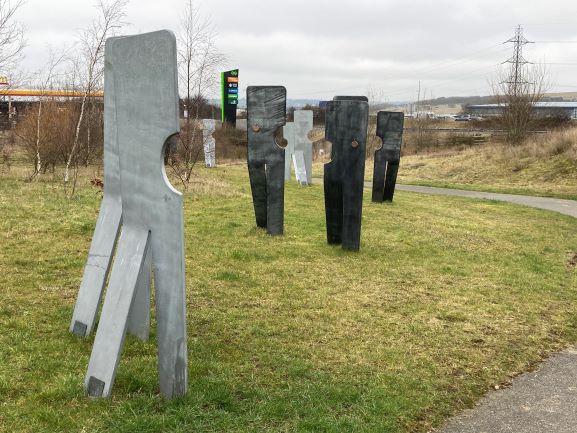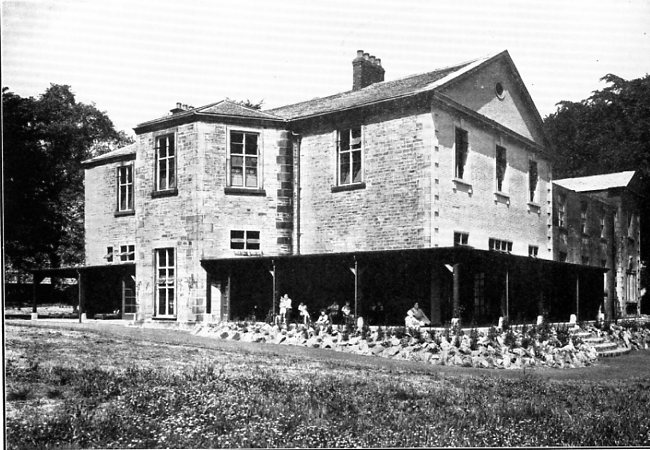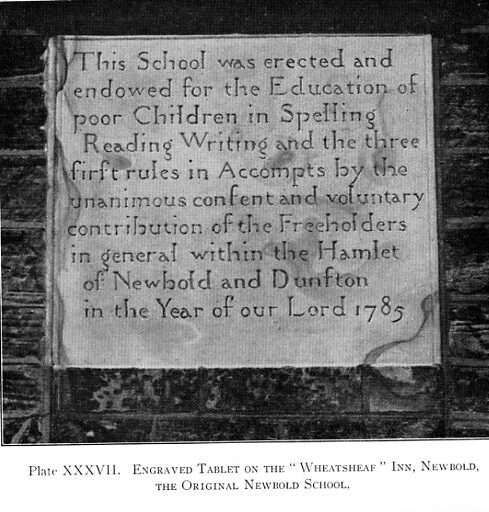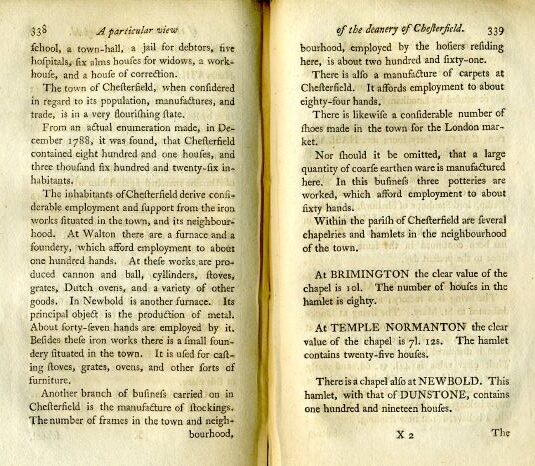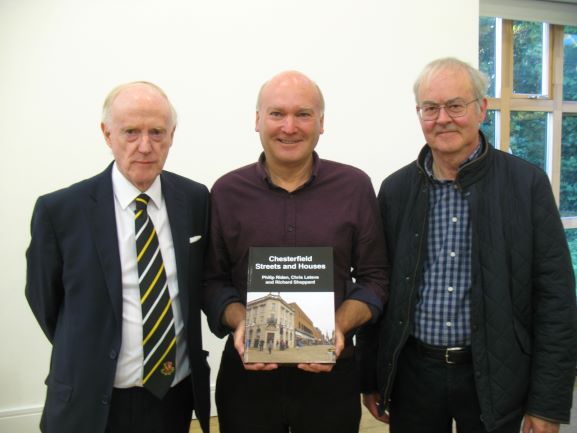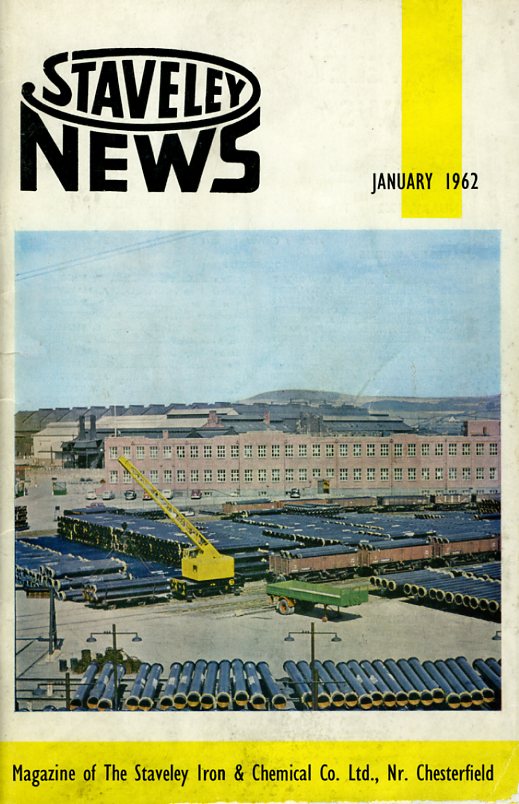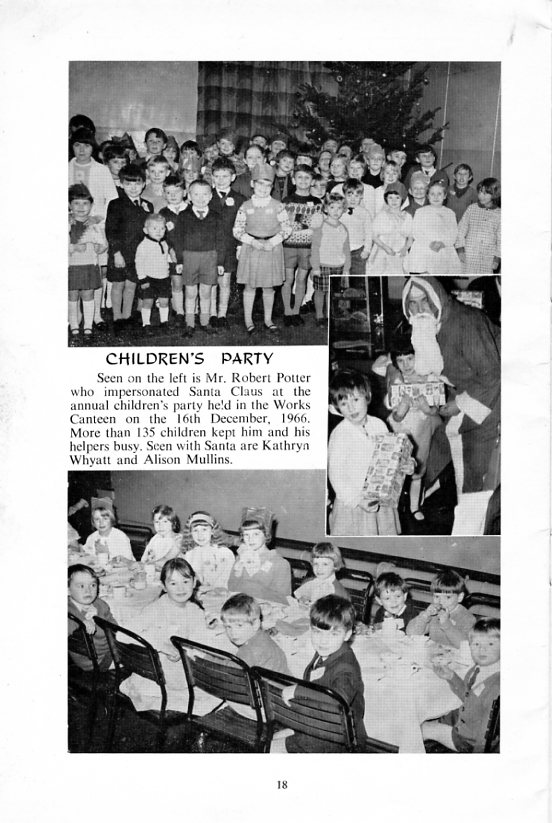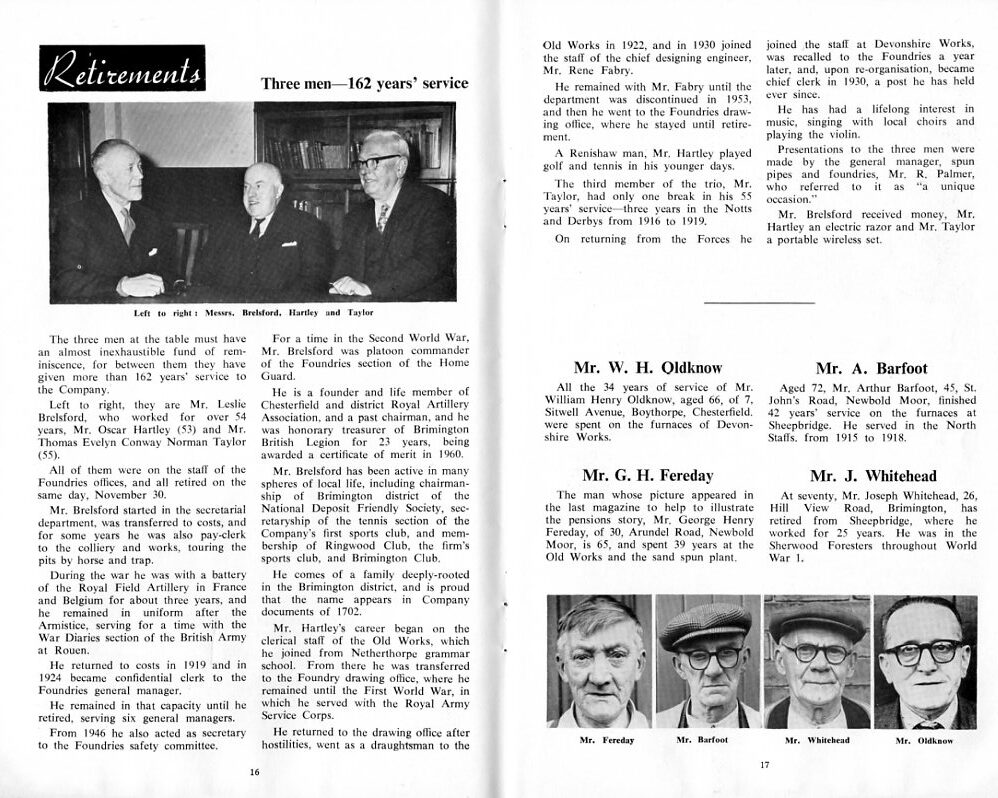Violet Markham’s perhaps surprising views on her home town
Thanks to social media, websites and the like Violet Markham (1872 – 1959) is probably better known than she has been for a number of years. Her autobiography ‘Return Passage’ was published in 1953, and is generally well-known, but this blog highlights just a little of what was left out of that autobiography.
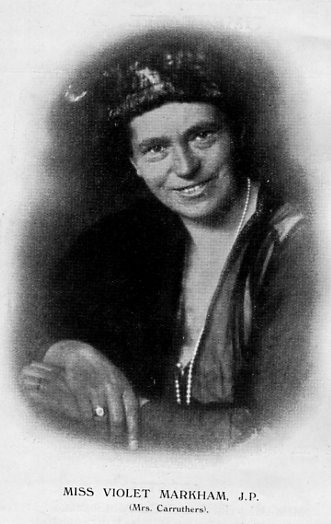
Violet is shown here in the 1920s. We won’t dwell on her life suffice to say she was born in 1872 at the now demolished Brimington Hall, moving with her family to Tapton House in 1873. She had three brothers. Ernest (1867-1888), Charles Paxton Markham (1865-1926) and Sir Arthur Basil (1866-1916). Both the latter rose to prominent positions in local industry and politics. Violet Markham also played a leading role in public life. She became involved with the local poor law union, school board, was mayor of Chesterfield in 1927 and 1928 and active nationally. She also set up ‘The Settlement’ in Chesterfield town centre.
The Derbyshire Times published a short series of articles that had been axed from her autobiography by the publisher. They were later reprinted as a booklet in January 1958. ‘Transformation of a town: Chesterfield in retrospect’ was therefore actually written as part of her autobiography and gives us some insight into Markham’s thoughts about her town, which might be of some surprise.
She didn’t, for example, think much about the Victorian architecture that she was familiar with in her youth. She stated that the town ‘had an ugly brick Market Hall’.
Nor did Violet Markham think much of the Stephenson Memorial Hall (now the museum and art gallery and Pomegranate theatre) which she dismissed, writing that it ‘…would have ranked high in any competition of period buildings selected for their special hideousness.’ Violet was also a little dismissive of the famous crooked spire – ‘no object of beauty’ she thought, realising she was ‘at the risk of being stoned by fellow-citizens’ for this view!
Markham’s view on the Market Hall wasn’t unique. The building came in for further criticism in the 1950s when Nicolas Pevsner visited the town for his series of books ‘The Buildings of England’. ‘The crudest show of high Victorian provincial prosperity’ he thought.
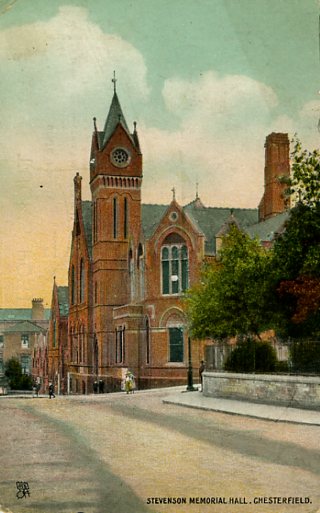
Violet Markham did, however, praise the town for being ‘a tenacious place and had a well-knit corporate life with an individuality of its own.’ She reviews the state of the Chesterfield of her youth, highlighting the insanitary conditions she encountered, characterised by ‘narrow streets, which in some areas had degenerated into evil slums with yards and passages and hovels unfit for human habitation.’ When we look at some of the quaint photographs of old Chesterfield, it’s important to remember this and the progress made in the borough at eradicating such poor conditions.
Markham goes on to address her own role and those of her fellow politicians in reforming these slums. In reviewing progress made during her life-time, she chooses three main topics to review where progress had been made: health, housing and education. Particularly on the latter Chesterfield received national recognition for its forward thinking policy.
Whilst VCH may not give a lengthy account to the personal role Markham and her like (including her brother Charles) played in reforming the social and physical conditions in the borough, it will chronicle important advances made in housing and education in the 20th century, of which she was a part. This has resulted in a town far in advance of the one of Violet Markham’s youth.
A copy of ‘Transformation of a town: Chesterfield in retrospect’ is available for reference in Chesterfield Local Studies Library.
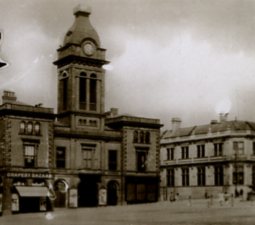
Violet Markham’s perhaps surprising views on her home town Read More »
